What are Microbes?
Microbes are living creatures that are sooooooo small that you would need a very powerful microscope to be able to see one.
The colonies of microbes below came from a cabbage and were grown in a petri dish so that they can be visible without magnifying them.
View the video below for an overview of what microbes are and where they can be found.
HOW DO WE STUDY MICROBES?
One way we study microbes is under a microscope. Originally microscopes used a glass lens and regular light to help our eyes see much better than they normally would. You might check out All in a Drop by Lori Alexander if you are interested in the invention of the light microscope.
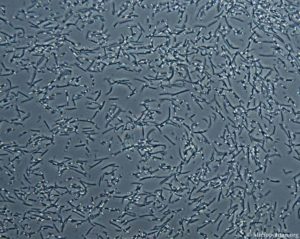
(Image by Wim van Egmond)
In the 1930s, a physicist and an engineer worked together to build an electron microscope. These use beams of particles much smaller than microbes to map out a picture. Below is the same kind of bacteria from above (called E.Coli) as seen through the newer microscope.
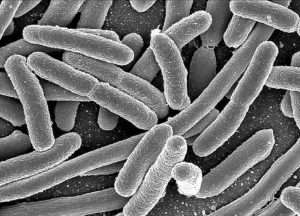
(Image from Rocky Mountain Laboratories, NIAID, NIH)
In the Petri Dish
Another way that scientists study microbes is by growing or “culturing” them in petri dishes. They look at what grows and see the color, texture, or patterns of growth. Trained experts can tell which microbe has grown just by looking at the petri dish.
Microbe colonies can look slimy, fuzzy, shiny, bumpy, and all kinds of colors! The clear jelly they grow on is called “agar.” Agar comes from seaweed and algae!
 In 1881, a scientist named Fanny Hesse and her husband were frustrated by the gelatin they were using to study bacteria. In hot temperatures it melted and some bacteria broke down the gelatin into a sloppy liquid, ruining the experiments.
In 1881, a scientist named Fanny Hesse and her husband were frustrated by the gelatin they were using to study bacteria. In hot temperatures it melted and some bacteria broke down the gelatin into a sloppy liquid, ruining the experiments.
As her husband struggled, Fanny remembered using agar for making jellies and jams. When they switched the gelatin for agar,
the modern petri dish was born.

Trying Petri Dishes Out
If you reserved a Microbiology 101 supply kit, use the contents to try out the experiments below. If not, you can buy some online, or learn by watching the demo below.
First, the experimenter decides on what microbes they want to check out… we chose to swab our phone.
Then we put on gloves and carefully swab the phone before wiping that swab onto the service of the agar. We did two different swabs, one for each plate, both from the backside of the same phone.
We wanted to know if sunlight kept microbes from growing so we put a bowl over one dish to put it in the dark.





After leaving our dishes in place for a few days, we noticed a few things.
- The dish in the sun was heating up and the moisture from the agar formed water droplets on the lid.
- Both petri dishes were growing things!
- The sun (or UV ray) dish was growing fuzzy colonies. Maybe fungus?
- The dark dish was growing smaller colonies, but they were slimy, not fuzzy.
- The dark dish had one pink dot and one white dot. Different types of microbes maybe?
We wonder what they will look like in a few more days! What do you think?
RELATED BOOKS THROUGH YDL
Want to learn more
about Microscopic Life?
Explore below for books that focus on Microbes…
Tiny Creatures: The world of Microbes by Nicola Davies
(Available as Print Book)
Grades K-3
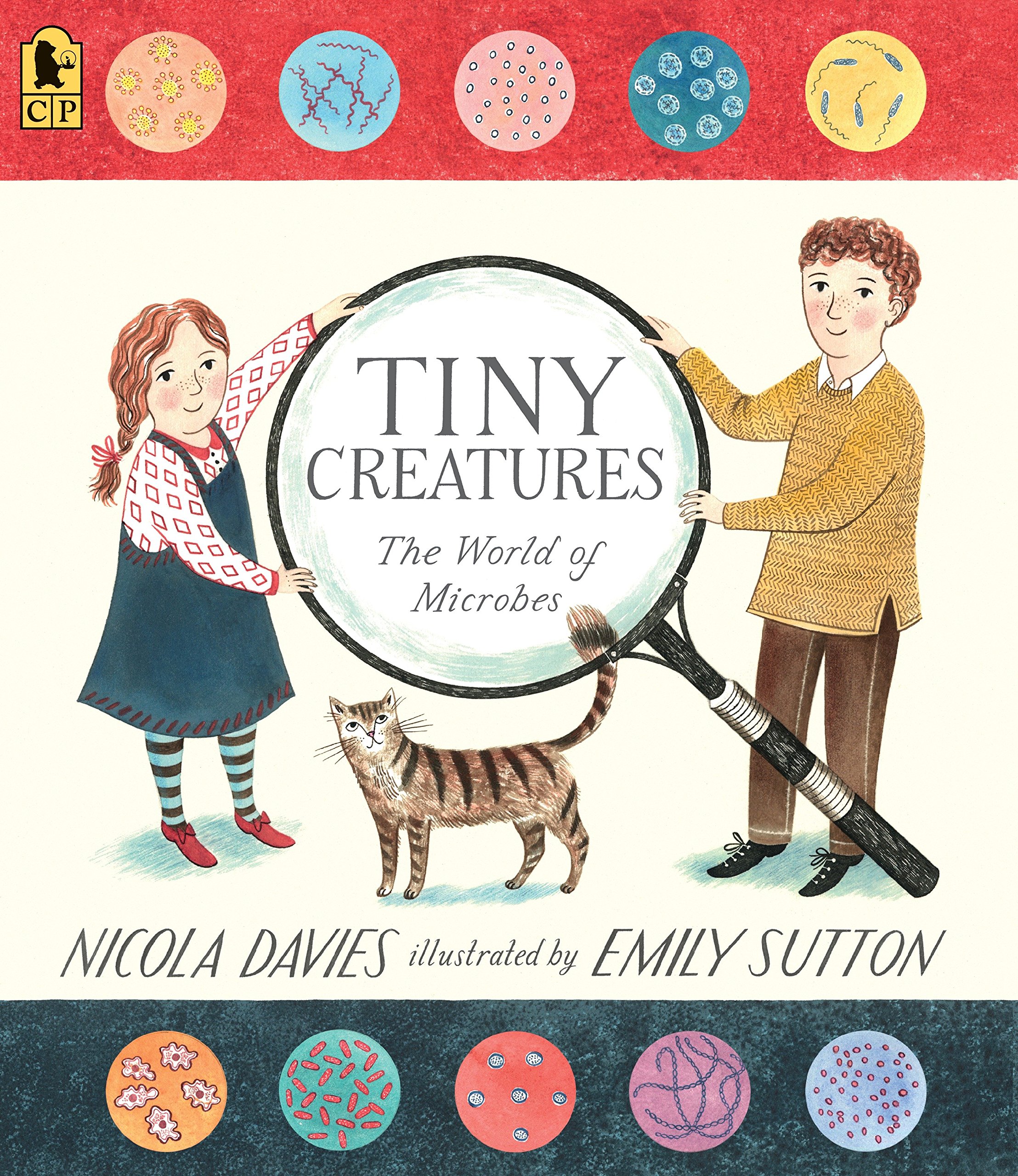
A Fungus Is Among us!
by Joy Keller
(Available as print book)
Grade 1-2

A Garden in Your Belly
by Masha D’yans
(Available as print book and Hoopla E-book)
Grades 2-5
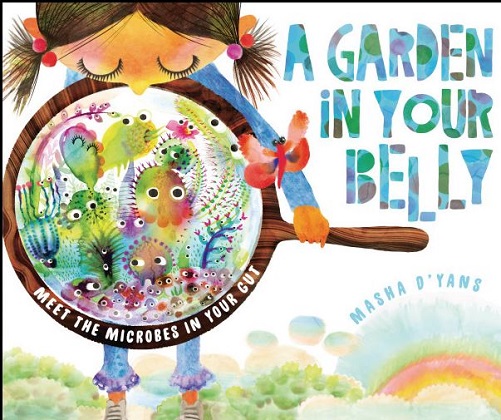
Unseen Worlds
by Helene Rajcak
& Damien Laverdunt
(Available as print book)
Grades 2-5
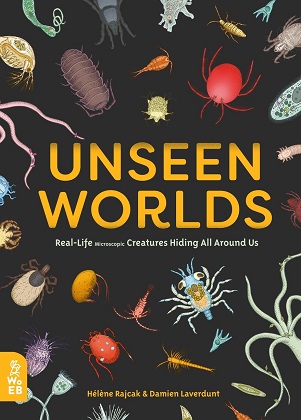
Book Preview: Do Not Lick This Book
By Idan Ben-Barak with Illustrations by Julian Frost.
MORE TO READ AND ENJOY
Click the buttons below to explore more options!


